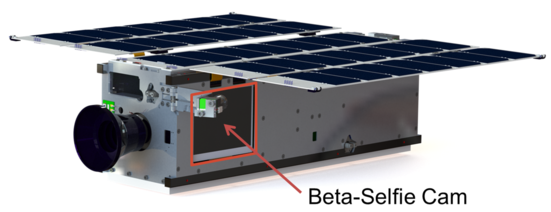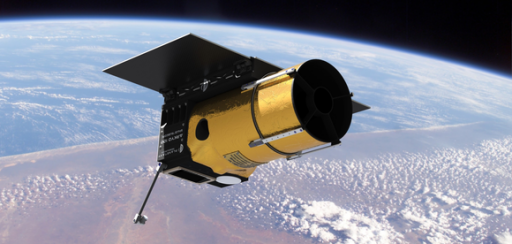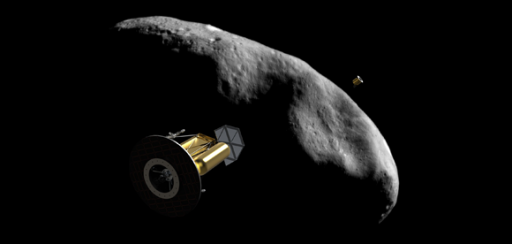Arkyd-3

The Arkyd-3 Re-Flight satellite is the replacement of the original Arkyd-3 satellite was lost in the October 2014 Antares launch failure, essentially an identical copy of the satellite that was constructed after the launch failure.
Arkyd-3 is a three-unit CubeSat weighing four Kilograms and measuring 30 by 10 by 10 centimeters in size. The satellite is built and operated by Planetary Resources, a company developing the tools and technologies for asteroid mining to expand Earth’s natural resource base.
Planetary Resources was founded in 2010 as Arkyd Astronautics and gained a number of financial investors by 2012. In April of that year, the company held a press event detailing their mission and vision for the future. The company announced that it had secured launch slots on Virgin Galactic’s LauncherOne to deliver the company’s satellites into orbit.
A ground test prototype of the Arkyd-100 satellite was completed by 2013. Also last year, the company ran a Kickstarter Crowdfunding campaign to provide funds for the first Arkyd-100 satellite, raising more than $1.5 million partly owed to the “Selfie in Space” service the company will provide with the satellite – displaying images of backers on a screen and re-imaging them with the satellite camera showing the backdrop of Earth.


Planetary Resources has detailed a strategic plan with the ultimate goal of developing a robotic asteroid mining capability. The first stage of this plan is the operation of technical demonstrator and surveying satellites. Several small space telescopes are planned to locate asteroids of interest and acquire images of other targets with spacecraft also available for use by paying customers. The next stage of the plan will be survey missions of spacecraft flying to near-Earth asteroids to conduct in-depth studies. The ultimate step will be the retrieval of asteroid material for return to Earth or for use in space. Another concept the company is working on includes the control of the orbits of small asteroids.
Arkyd-3 is the first technology demonstration satellite launched by Planetary Resources to test technology used on the larger Arkyd-100 space telescope. The satellite essentially comprises the entire bus system of the Arkyd-100 for testing of the avionics, attitude determination sensors and actuators, an integrated propulsion system for proximity operations, and all associated software used in spacecraft operation and ground control.
The mission will also demonstrate ground systems for data and command exchange. Details on the satellite systems have not been provided.
The Arkyd-100 satellites will have a mass of around 15 Kilograms featuring a telescope for operation in Low Earth Orbit. These satellites would be used to locate asteroids, provide Earth imagery and acquire images for the study of other objects down to a brightness of magnitude 19. The optical payload would also support optical communications for data exchange at high data rates.
The space telescopes will have an aperture diameter of 20 centimeters with a resolving capability of one arcsecond. The 5+ megapixel optical sensors will be sensitive for wavelengths of 200 to 1,100 nanometers, different optical filters will be available. Observing time on the first satellite or entire satellites will be available to paying customers. The first Arkyd-100 satellite is planned to fly in 2015 with more to follow after that to establish a constellation of LEO Telescopes.
Arkyd-200 will be an asteroid interceptor carrying a suite of instruments to assess the physical properties of target asteroids passing Earth at close range in an astronomical sense. The next in the series, Arkyd-300 would be equipped with a propulsion system to accomplish the deep-space exploration of more distant asteroids with respect to physical properties and chemical composition.
